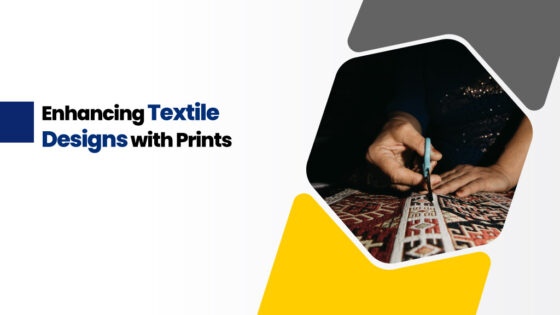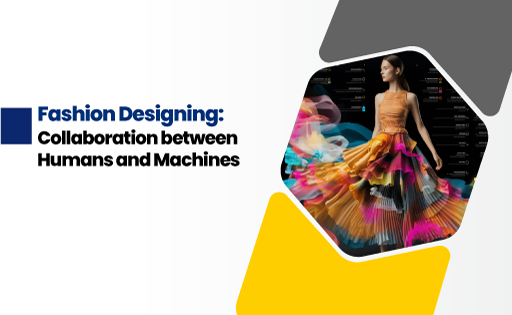In fashion design, aesthetics and design are applied to apparel so that its beauty is enhanced. However, the real task is hard, as it is not just about designs; they include a variety of elements. Fashion designers need to come up with creative designs and be responsible for their ideas for translating clothing and accessories. The Best Fashion Designing Colleges in Coimbatore encourage students to bring out their creative side and leverage their skills to stand out from the crowd. For a better presentation, designers must understand the principles and elements of fashion design. This article highlights the elements of design that fashion designers need to learn.
Why do fashion designers need to know the elements?
A fashion designer needs to be unique; they need to think in unusual ways to generate standout ideas that differentiate their designs from others. To think creatively, a designer must understand the elements contained within the box. The world of fashion art is a creative and innovative one. There is a fundamental principle that supports all creative processes, from designing clothing to producing artwork. This principle serves as the basis for the art itself. Understanding these guiding ideas leads to success in whatever discipline you choose.
Elements of fashion design:
- Dots: The most fun element in designs are the dots; every component of fashion design, or design in general, consists of multiple dots. For this reason, the dots are an essential component of design. Although there are various perspectives on dots, one approach is to consider them as fundamental components of design.
- Lines: Another crucial component of fashion design is the line. Similar to dots, lines are the fundamental building blocks of design that comprise all other elements. Using a pointed tool, make a continuous mark on a surface to create lines. Lines’ direction and their type allow them to express a limitless variety of meanings. They enable us to communicate how we feel about things. Lines’ direction and type allow them to express an unlimited number of meanings. They assist us in using their appearance to convey our emotions about things! Designers must maintain control over the lines in their artwork.
- Shapes: In two-dimensional regions, both the width and height without depth are referred to as shapes. Shapes are found in nature and art in an infinite variety. With just a few basic lines, you can generate an endless variety of shapes. A design style known as figure draws attention to a person’s body shape. This can be applied to clothing to produce various rhythms. A garment’s shape and rhythm can be defined with the aid of style lines. In fashion design, figures are created by employing unity, relationships, and managing dimensions.
- Space: Space is the region that covers and extends between objects. Space appears in all designs and is utilized to create depth. Space on a two-dimensional surface produces the appearance of depth. That defines the various components of a design and establishes the mood or emotion of the project you’re working on.
- Colour: One of the most important aspects of design that each artist should be aware of before beginning their career path is colour, which has a major role in all designs. As in any piece of art, colour has the power to evoke feelings while creating a certain tone or atmosphere. It can also be used to draw the viewer’s eye to a design and direct them around it. Fashion design relies heavily on colour, which also generates illusions. When it comes to colour design, there are numerous colour wheel options available. It is possible to mix a variety of complementary colours to produce amazing effects. Experimenting with various hues and tones is crucial when designing with colour because it affects the entire aesthetic appeal.
- Value: Similar to colour, value is also a crucial component that aids designers in evoking a variety of moods and emotions. Value is what gives a design its light and dark section. It can be employed to draw the viewer’s attention to certain areas of your work or away from others.
- Texture: One of the elements of fashion design that most people don’t give enough thought to is likely to be texture. Texture has a big impact on how something feels and looks. It can be applied to a design to evoke a variety of moods and sensations. The tactile aspect of a design is its texture. Touching an element can feel soft, rough, smooth, or hard. When you combine different textures in a design, it automatically adds interest and contrast.
Conclusion: It is important for the students of B Des Fashion Design Colleges in Coimbatore to understand the principles and elements of fashion design, which have the magic to turn the idea into reality. Hope, this guide is useful for creative designers who have the ability to change or create a new era of fashion design.





